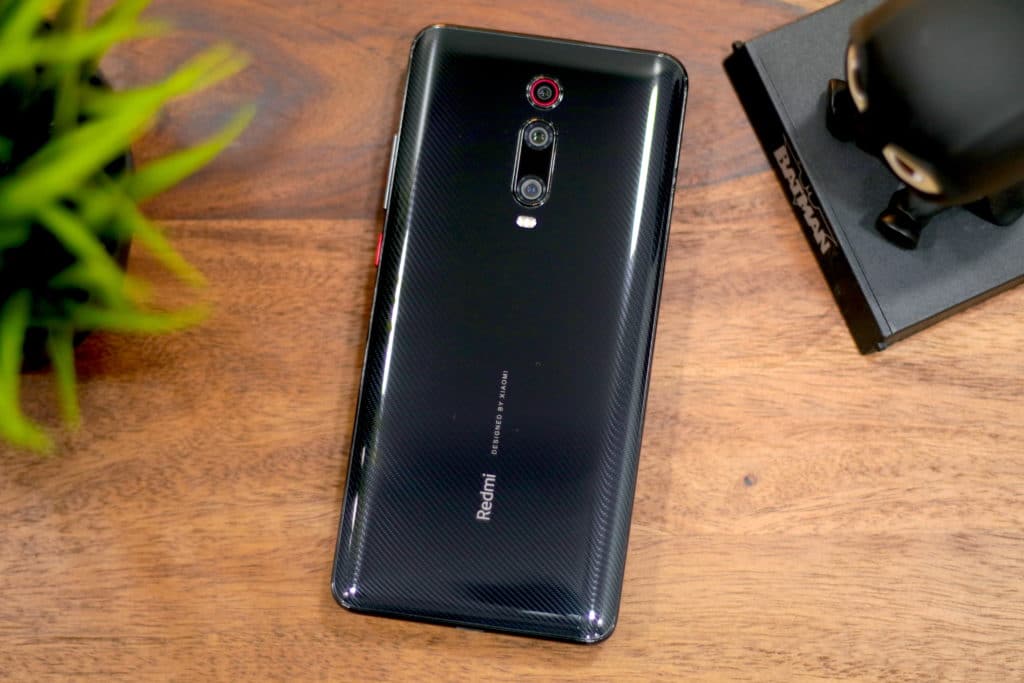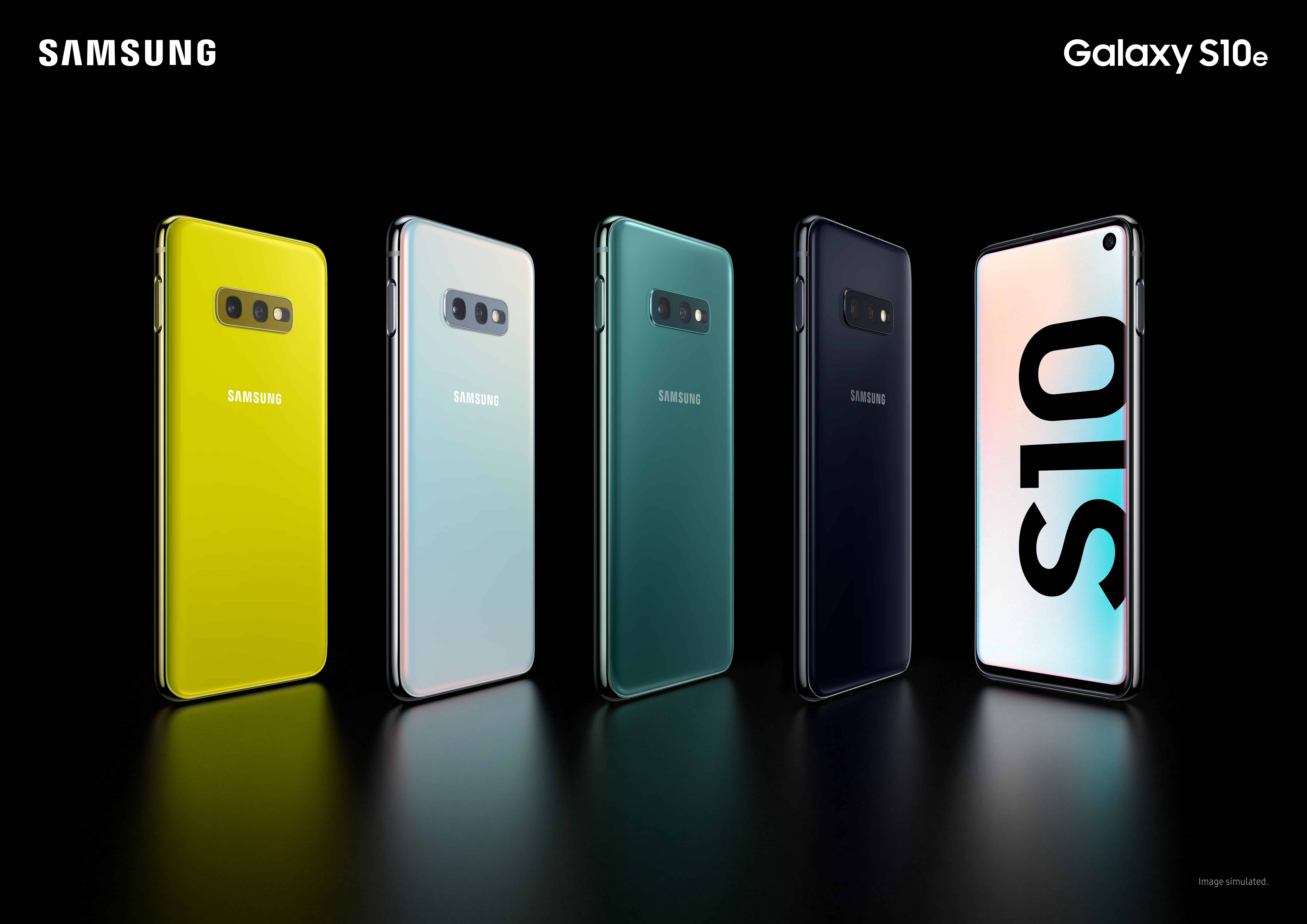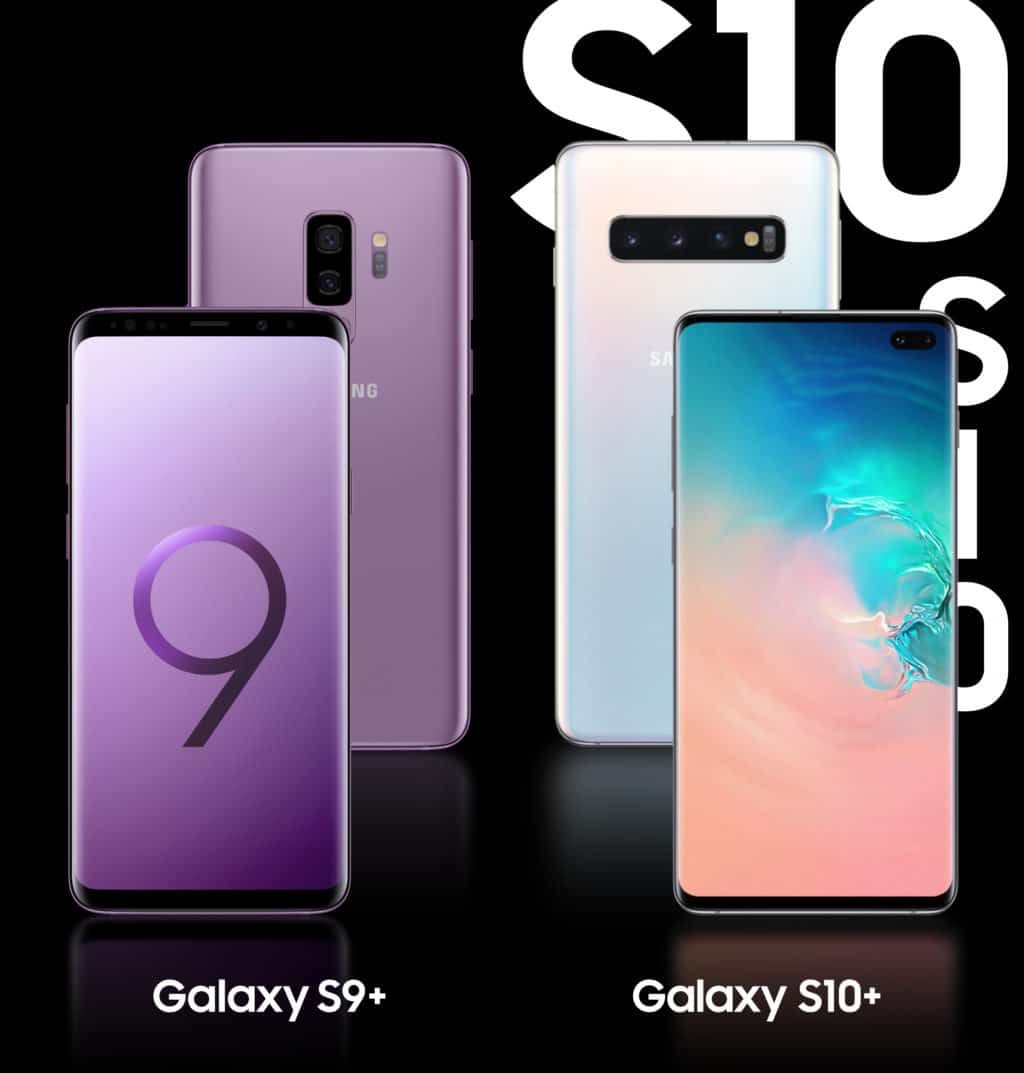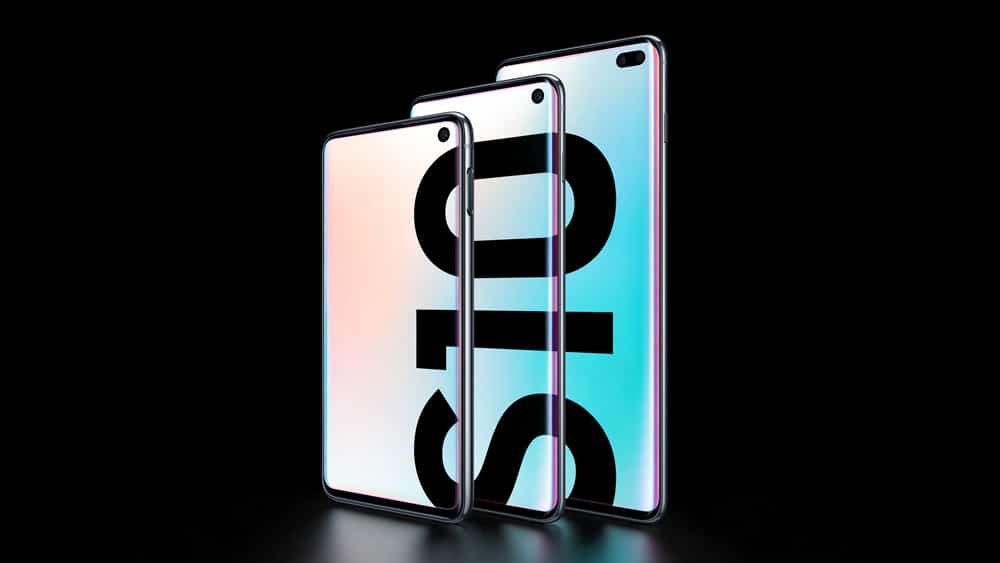
On February 9, Samsung unveiled the Galaxy S22 lineup to rival Apple’s iPhone 13 series. Here’s a detailed comparison between Samsung’s latest Galaxy S22 Ultra and Apple’s efficient champion, the iPhone 13 Pro Max, so you can pick the phone that suits you best.
Samsung has made several incremental improvements under the hood of the Galaxy S22 Ultra. For instance, the phone features a 1TB storage option that directly takes on the iPhone 13 Pro Max. On the other hand, there are the iPhone’s strengths that the Galaxy S22 stands no match for, such as the A15 Bionic’s efficiency and Face ID.
Samsung Galaxy S22 Ultra vs. iPhone 13 Pro Max
Design
- Galaxy S22 Ultra – IP68, Aluminium metal frame, Gorilla Glass Victus Plus
- iPhone 13 Pro Max – IP68, stainless steel frame, Ceramic Shield glass
The design language and materials used to manufacture the Galaxy S22 Ultra and the iPhone 13 Pro Max are top-notch. However, the iPhone 13 Pro Max has a slight edge in this aspect because it has a rigid stainless steel construction compared to the softer aluminum found on the Galaxy S22. The iPhone 13 Pro Max’s display is protected by Ceramic Shield glass which offers 2x drop resistance, while the Galaxy S22 series uses Corning’s latest Gorilla Glass Victus. Both devices are also IP68 certified, bringing the final choice down to user preference here.
Display
- Galaxy S22 Ultra – 6.8-inch AMOLED, 1440×3200 pixels, 1 to 120Hz refresh rate, HDR10+
- iPhone 13 Pro Max – 6.7-inch True Tone OLED, 2778×1284 pixels (458 ppi), 10 to 120Hz refresh rate (ProMotion), HDR10, Dolby Vision, Haptic Touch, Super Retina XDR
The Galaxy S22 has a larger screen than the iPhone 13 Pro Max. The S22 Ultra also houses the front-facing camera in a hole-punch cutout instead of a notch, making the screen feel even larger. The iPhone is neck and neck with the Samsung in terms of the screen refresh rate and HDR capability, something we could not say about the iPhone 12 models because they lacked ProMotion support. Samsung has also achieved an impressively low 1Hz refresh rate, allowing the S22 Ultra to save power when displaying static images.
Samsung claims the S22 Ultra can reach a peak brightness of 1,750 nits, which is notably higher than the iPhone 13’s maximum of 1,200 nits. Moreover, the Samsung smartphone comes with a helpful Always-On Display (AOD) feature that the iPhone lacks.
The Galaxy S22 Ultra also comes with the S Pen built-in, making it a spiritual successor to Samsung’s Note lineup although it’s a Galaxy device. The stylus allows you to get the most out of the S22 display, especially in note-taking apps for annotations and image editing suites like Snapseed and PicsArt. Samsung has also built in a whole host of dedicated apps for the S Pen. However, note that Apple has never included a stylus with the iPhone models. So, in the display department, Samsung has the upper hand.

Chipset
- Galaxy S22 Ultra – Exynos 2200, 4nm process, made by Samsung EUV | Qualcomm Snapdragon 8 Gen 1
- iPhone 13 Pro Max – A15 Bionic, 5nm process, made by TSMC
Apple’s A15 Bionic offers best-in-class performance and efficiency. The chip powering the iPhone 13 is no exception. It is based on TSMC’s advanced 5nm process and is more efficient than any other flagship SoC in the market. The Galaxy S22 Ultra features Qualcomm’s Snapdragon 8 Gen 1 chip that’s based on Samsung’s 4nm process node. It is not as power-efficient as the A15 Bionic, but does bring a notable jump in AI, ML, and gaming performance. The new Adreno GPU also gives the 5-core GPU of the A15 Bionic a run for its money.
In certain markets, the Galaxy S22 Ultra will come with the Exynos 2200 featuring an AMD RDNA2 GPU that promises segment-first real-time ray tracing in video games. AMD’s RDNA2 technology has enabled consoles like Sony’s PlayStation 5 to succeed.
Post-launch testing shows that the A15 Bionic demolishes the Galaxy S22 Ultra’s Snapdragon 8 Gen 1 with its unmatched power efficiency. It is the reason why the iPhones are able to offer stellar battery life despite their relatively smaller battery capacity.

RAM and Storage
- Galaxy S22 Ultra – 8/12GB RAM | 128, 256, 512GB, 1TB storage
- iPhone 13 Pro Max – 6GB RAM | 128, 256, 512GB, 1TB storage
The Galaxy S22 Ultra packs twice as much RAM as the iPhone 13 Pro Max, giving it the edge here. The S22 Ultra ships with 128GB of base storage coupled with 12GB RAM, with the company also offering variants with 256B, 512GB, and 1TB of storage. However, the 1TB storage option is only available in select markets. On the other hand, the iPhone 13 Pro Max features the same storage options, but all the models come with 6GB of RAM.
Previous tests have shown that despite less RAM, iPhones are better at multitasking than Samsung’s flagship phones. History could repeat itself here with the iPhone 13 Pro Max demolishing the Galaxy S22 in multitasking tests.

Camera
- Galaxy S22 Ultra – 108MP with f/1.8 aperture, OIS; 10MP telephoto with f/2.4 aperture, OIS; 10MP telephoto with f/4.9 aperture capable of 10x optical zoom, OIS; 12MP ultrawide with f/2.2 aperture capable of 3x optical zoom, 120-degree FoV; 8K60fps video recording; Front – 40MP camera with f/2.2 aperture
- iPhone 13 Pro Max – 12MP with f/1.5 aperture, dual-pixel PDAF, Sensor-Shift Stabilization; 12MP telephoto with f/2.8 aperture capable of 3x optical zoom, PDAF, OIS; 12MP f/1.8 ultrawide, 120-degree FoV; LiDAR sensor; 4K60fps video recording; Front – 12MP camera with f/2.2 aperture
The iPhone 13 Pro Max and Galaxy S22 Ultra both have camera setups very different from their more affordable stablemates. The S22 Ultra features a 108MP sensor that uses pixel binning to output 12MP photos and improve its low-light camera performance. It is also capable of 8K video recording while the iPhone 13 Pro Max is capped at 4K at 60fps. The iPhone has a 12MP f/1.5 shooter with sensor-shift stabilization that allows it to open the shutter for longer and better compensate for jerks.
Here, the optical zoom capability and improvements to software-based image stabilization (EIS) of the S22 Ultra put the iPhone 13 Pro Max to shame. The S22 Ultra can achieve 10x optical and 100x digital zoom, which might seem like overkill but could be helpful in some situations. On the other hand, Apple’s digital zoom is capped at 10x (where the Samsung’s begins), and optical zoom is limited to a measly 3x.
The Galaxy S22 Ultra has a more impressive camera setup, but the iPhone 13 Pro Max can hold its own with its excellent image processing and color accuracy.

Connectivity
- Galaxy S22 Ultra – Dual SIM, 5G, 2Gbps LTE, Wi-Fi 6E, Bluetooth 5.2, VoLTE, Wi-Fi Direct, GPS with GLONASS, Galileo, QZSS, and BeiDou, USB-C
- iPhone 13 Pro Max – Dual-SIM with 5G, VoLTE, and VoWiFi; Wi-Fi 6, Bluetooth v5.0, GPS with GLONASS, Galileo, QZSS, and BeiDou, UWB, Lightning port
The Galaxy S22 Ultra and iPhone 13 Pro Max both support 5G connectivity. However, Samsung’s offering uses a newer 5G modem which should theoretically allow it to give users higher download speeds. The Galaxy also supports the newer Wi-Fi 6E standard. In other aspects, both phones provide the same connectivity features. Note that the S22 Ultra is more versatile because it has a USB-C port while Apple continues to use a Lightning connector.
Biometrics
- Galaxy S22 Ultra – In-display ultrasonic fingerprint scanner, Face unlock
- iPhone 13 Pro Max – Face ID
The Galaxy S22 Ultra and iPhone 13 Pro Max take very different approaches to security. While the latter features Face ID, the Galaxy S22 Ultra features an in-display fingerprint scanner. It does offer face unlock, but it is not as secure as Face ID.

Battery and Charging
- Galaxy S22 Ultra – 5,000mAh, 45W fast charging, 15W wireless charging, Reverse wireless charging
- iPhone 13 Pro Max – 4,352mAh, 20W charging, 50% charge in 30 minutes, MagSafe wireless charging
The Galaxy S22 Ultra does pack a larger battery than the iPhone 13 Pro Max, but the latter is capable of offering almost two-day battery life on a single charger in the real world. The Galaxy S22 Ultra should also offer one-day battery life thanks to its 5,000mAh cell, with the 45W fast charging speeds ensuring it can be topped up in less than an hour.
The iPhone 13 Pro Max, on the other hand, takes well over an hour to charge as it only supports 20W charging speeds. Both phones also support up to 15W wireless charging speeds.
Price
- Galaxy S22 Ultra – Starts at $1,299
- iPhone 13 Pro Max – Starts from $1,099
The iPhone 13 Pro Max starts from $1,099, while the S22 Ultra’s starting price tag is $200 higher. This does tip the tables in Apple’s favor, though Samsung’s phones are almost always on discount, and you could get a deal on the S22 Ultra that closes this $200 gap.
One important factor to consider when purchasing your next smartphone is long-term software support. Samsung has promised to provide at least four years of Android updates and five years of security updates to the S22 Ultra. In comparison, Apple offers around five to six years of software support for iPhones, creating a level playing field on this front. That said, Apple’s lower starting price makes the iPhone 13 Pro Max a better value proposition than the Galaxy S22 Ultra. However, if you wanted a spiritual successor to Samsung’s Note lineup, this is the only option in the market at present.
Which device will you purchase based on the above comparison: the Galaxy S22 Ultra or the iPhone 13 Pro Max? Please drop a comment and let us know!



















